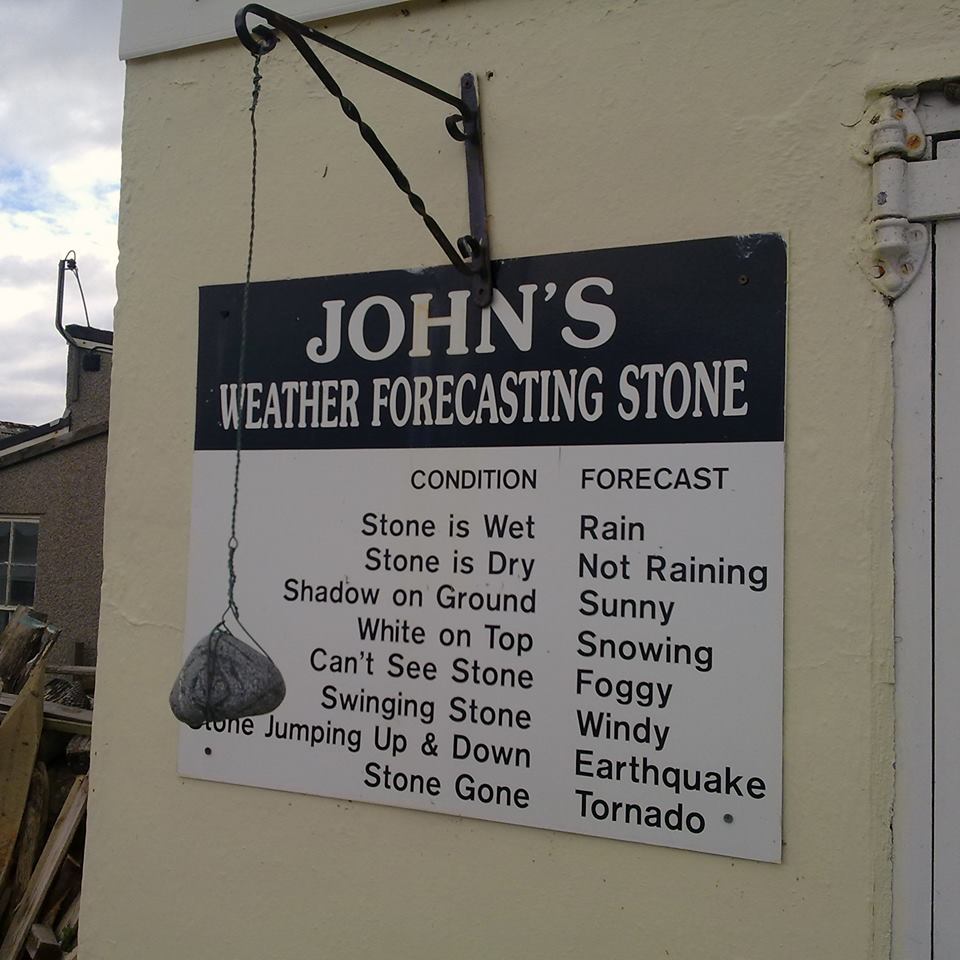React is a view framework. This means you can use it with any backend that you would like (in this example, I used the metaweather api). It was developed by Facebook to make building web applications easier, and has since taken off. A lot of plugins and additional functionality have been made available for developers to use.
In creating single page applications, there's a super handy dandy tool for you
to use, called create-react-app. You can get it by running:
$ npm install -g create-react-app
Then, whenever you run
$ create-react-app <name>
in the terminal, it will create a new react app (wow, who would've thunk it?) in
the <name> directory with some filler content. It's super nice because it sets
up a lot of the background stuff for you, so you can focus on using React and
building your app.
Now you can start developing by cd'ing into the directory and running
$ npm start
to serve the app locally. It also automatically refreshes whenever you change your code. Wow!
If you were here for the Vue.js
lecture, you will probably find a
lot of similarities between the two frameworks. First of all, React uses a lot
of ES6 in its usage, so all React components are just child classes of the
Component class of react.
Since they are classes, you can also make a constructor. However, unless you're specifying states or other instance variables, you don't actually need the constructor. Nifty!
The most important part of every Component is its render() function. The
render function renders what's essentially the HTML associated with that
component - it's what ties the Javascript representation of a component with the
HTML representation of the object.
So when I say the render function returns the HTML, that's not entirely accurate. It doesn't actually return HTML. It actually returns what's known as JSX. It's "syntax extension to Javascript", according to the docs. Basically, that means it's a special thing that lets Javascript do special things (yeah, that's maybe oversimplifying a little bit). So it's neither HTML nor a string, yet in a lot of cases you can write it like HTML and pass it into functions or assign variables to it like a string. Fancy, right? Right.
This also means that you can add other React components into the JSX. Fancy.
Okay cool. So now a little bit about
React mainly manages data using states (defined in the constructor with
this.state). When you update a state, the DOM also reacts to that state change
(wow it's like it's so important they named the thing after it). You update the
state by calling this.setState({key: value}).
As with all view frameworks, there needs to be a good way of handling events, as well as passing data from parent to and from the child.
Much like Vue.js, you can pass in data from the parent to the child by adding
HTML attributes and using this.props to access those attributes in the child
component.
Also like Vue.js, you can handle events and pass events and data to the parent by having a handler property.
When you're adding methods to a component class, often times you need to
bind(this) so that the this refers to the component class, and not some
other thing Javascript sets this too ( this is often very
confusing)
It's also best practice to make the state immutable, so instead of operating on preexisting state variables, make copies, operate on those, and then push those to the state. You can read more about why that's a good idea here
As always, the best way to learn a framework is to use it. Look through the demo app, and then make your own web application. React is extremely robust, and used in many production situations, so definitely try to use it in one of your projects.
- The Docs (of course)
- awesome-react for a list of awesome react resources
